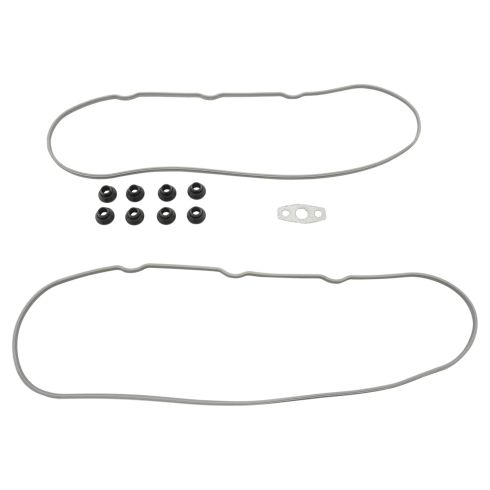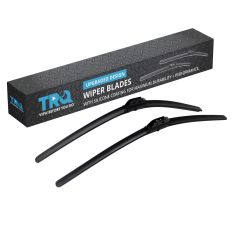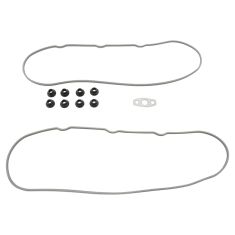1AEGS00324-Valve Cover Gasket Set TRQ SGA11408









Replaces
2007 Buick Rainier V8 5.3L Valve Cover Gasket Set TRQ SGA11408





Recommended for your 2007 Buick Rainier
Frequently bought together
Product Reviews
Loading reviews
Customer Q&A
No questions have been asked about this item.
Buick is a registered trademark of General Motors Company. 1A Auto is not affiliated with or sponsored by Buick or General Motors Company.
See all trademarks.







